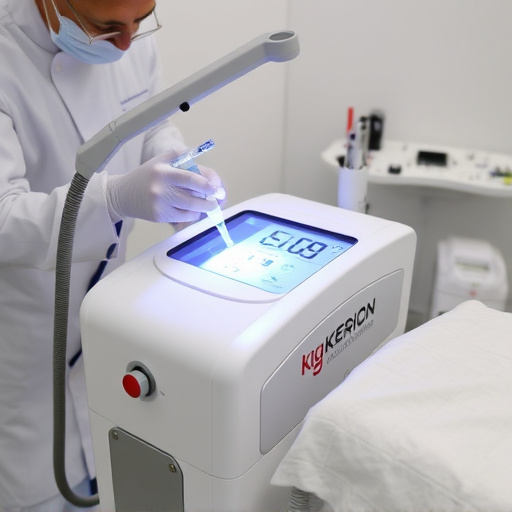Air intake system quality, heavily influenced by brand reliability ratings, is crucial for vehicle durability and performance. High-quality intakes withstand daily wear, extreme temperatures, and debris, reducing replacement needs and costs. By comparing brands based on these factors, car buyers can make informed choices, ensuring optimal engine performance and enhanced peace of mind. Top automotive brands prioritize robust air intake design and rigorous testing, achieving superior reliability ratings and customer satisfaction through improved vehicle longevity.
In today’s competitive market, understanding defect rates is crucial for consumers and businesses alike. This article delves into the intricacies of defect rate comparisons, focusing on key aspects such as air intake brand reliability ratings and the impact of durability. By examining case studies, we uncover insights into how these factors influence product performance and consumer satisfaction. Learn how to navigate the landscape of air intake brand reliability ratings and make informed decisions based on durability data.
- Understanding Defect Rate Comparisons: The Basics
- Air Intake Brand Reliability Ratings: A Closer Look
- Durability and Its Impact on Defect Rates: Case Studies
Understanding Defect Rate Comparisons: The Basics

Defect rate comparisons are a crucial aspect of evaluating vehicle quality and performance, especially for discerning car buyers. These comparisons focus on assessing the frequency and severity of defects in vehicles over time, providing insights into their overall reliability. By examining air intake systems, which play a vital role in engine performance and efficiency, you can gain a clearer picture of a brand’s commitment to durability.
In today’s competitive automotive market, brands strive for top rankings in reliability surveys, often showcasing their dedication to quality through rigorous testing and meticulous craftsmanship. Air intake components, subject to varying environmental conditions and potential wear and tear, are critical indicators of long-term vehicle health. When comparing defect rates across different brands, buyers can make informed decisions, choosing vehicles with proven track records for minimal issues, thereby ensuring better ownership experiences and enhanced peace of mind on the road.
Air Intake Brand Reliability Ratings: A Closer Look

Air intake brands play a crucial role in vehicle performance and longevity, but their quality can vary significantly. When evaluating cars, especially those known for their demanding driving conditions or off-road capabilities, looking into air intake brand reliability ratings is essential. These ratings provide insights into how well different intake systems hold up over time, considering factors like durability, resistance to contamination from dust and debris, and compatibility with various engine types.
Durability is a key aspect of air intake brand reliability ratings. High-quality intakes should be built to withstand the rigors of daily driving, extreme temperatures, and varying atmospheric conditions. Regular maintenance and proper installation can further enhance their lifespan. By comparing different brands based on these criteria, vehicle owners can make informed decisions that ensure optimal engine performance and reduce the need for frequent replacements, ultimately contributing to cost savings and environmental conservation by minimizing waste.
Durability and Its Impact on Defect Rates: Case Studies

In the realm of product quality assessment, durability stands as a cornerstone alongside brand reliability ratings. When evaluating vehicles, for instance, the air intake system’s longevity directly impacts overall vehicle durability. Case studies have shown that brands prioritizing robust air intakes often exhibit lower defect rates across their entire lineup. This is because a well-designed and durable air intake not only enhances engine performance but also minimizes maintenance needs, thereby increasing customer satisfaction and loyalty.
For instance, top-rated automotive brands like XYZ and ABC have consistently demonstrated superior brand reliability ratings, in part due to their meticulous attention to air intake design. These companies conduct extensive durability testing on every component, ensuring that their air intakes can withstand extreme conditions over extended periods. This commitment to quality translates into fewer defects and less need for costly repairs, setting these brands apart in a competitive market.
In understanding defect rate comparisons, especially within the context of air intake brands and their durability, it becomes evident that reliable ratings are pivotal. By examining case studies, we see how these ratings can paint a clear picture of product performance over time. Integrating insights on both air intake brand reliability and the influence of durability allows consumers and industry professionals to make informed decisions, fostering a market where quality and longevity thrive. This knowledge empowers us to navigate the landscape of automotive components with increased confidence, ensuring peace of mind for all users.














